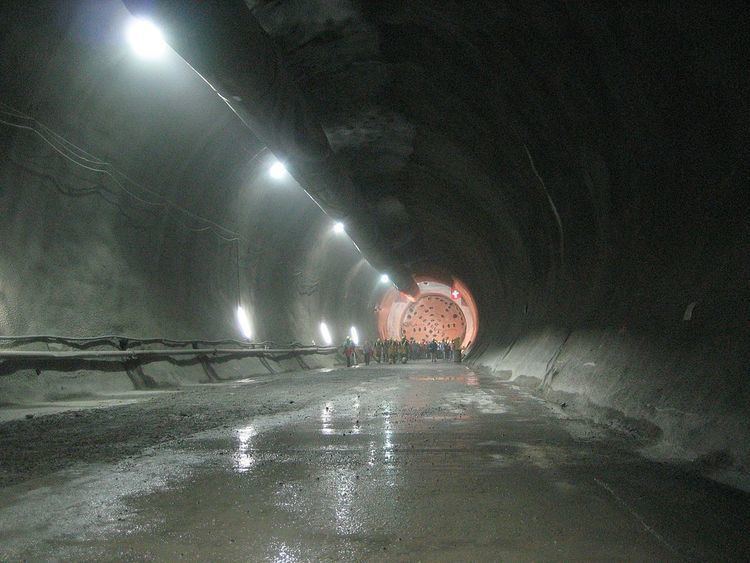Original language(s) English | Country of origin United States | |
 | ||
Also known as Build It BiggerKings of Construction Directed by Peter FrumkinOlympia Stone | ||
Extreme Engineering was a documentary television series that aired on the Discovery Channel and the Science Channel. The program featured futuristic and ongoing engineering projects. The series' last season aired in July 2011. Danny Forster first hosted the series in season 4 and has been the host since season 6.
Contents
Origins of the show
Engineering the Impossible was a 2-hour special, created and written by Alan Lindgren and produced by Powderhouse Productions for the Discovery Channel. It focused on three incredible, yet physically possible, engineering projects: the nine-mile-long (14 km) Gibraltar Bridge, the 170-story Millennium Tower and the over 4,000-foot-long (1,200 m) Freedom Ship. This program won the Beijing International Science Film Festival Silver Award, and earned Discovery's second-highest weeknight rating for 2002. After the success of this program, Discovery commissioned Powderhouse to produce the first season of the 10-part series, Extreme Engineering, whose episodes were written by Alan Lindgren, Ed Fields and several other Powderhouse writer-producers. Like Engineering the Impossible, the first season of Extreme Engineering focused on extreme projects of the future. Season 2 (and all seasons since) featured projects already in construction around the world.
Season 2: 2004
Season 2 was the first season produced in HDTV for HD Theater.
Season 4: 2006
Powderhouse Productions produced six episodes for season 4 with host Danny Forster. It currently airs under the Build It Bigger name on HD Theater, The Science Channel, and Discovery Channel.
